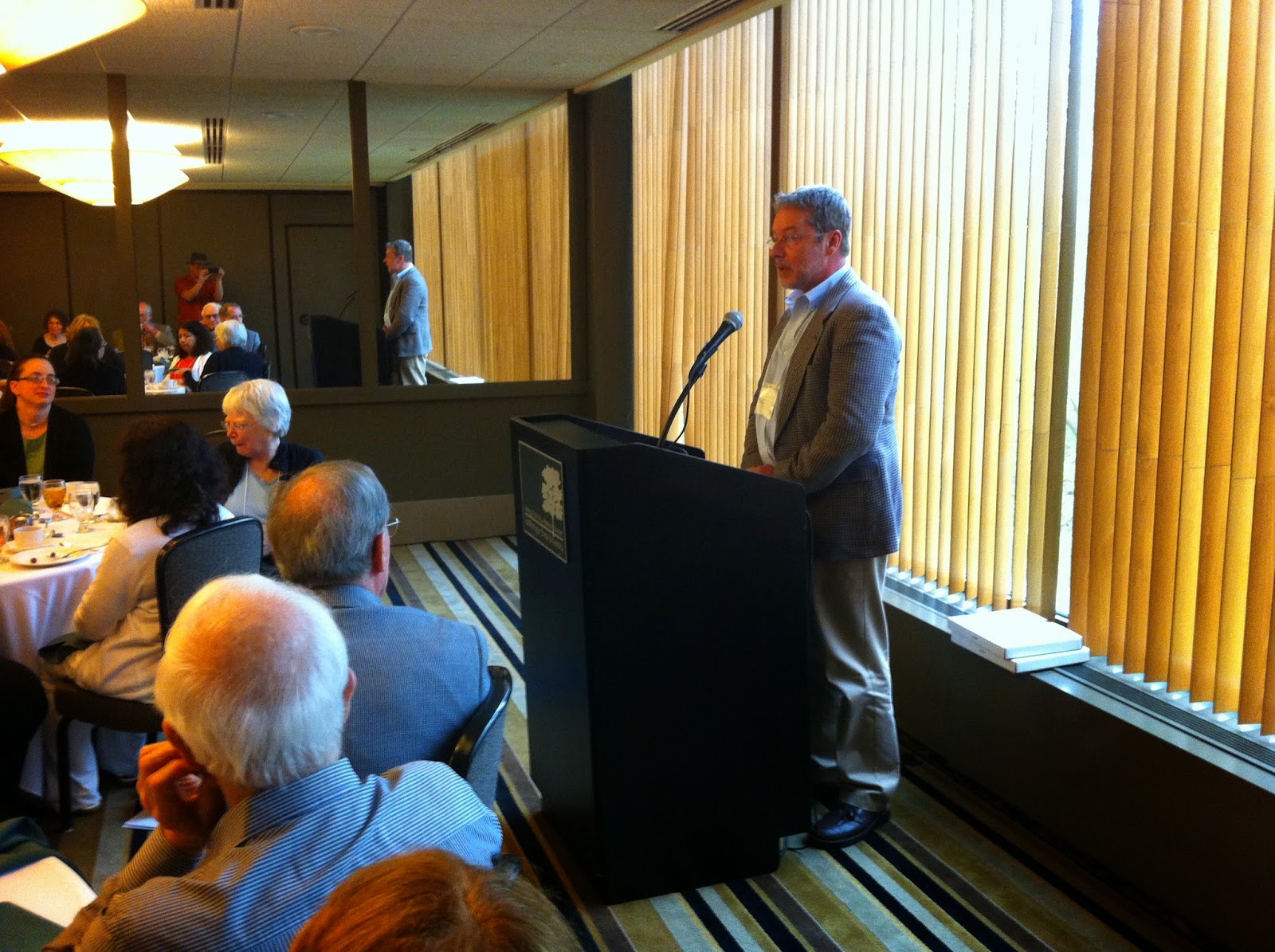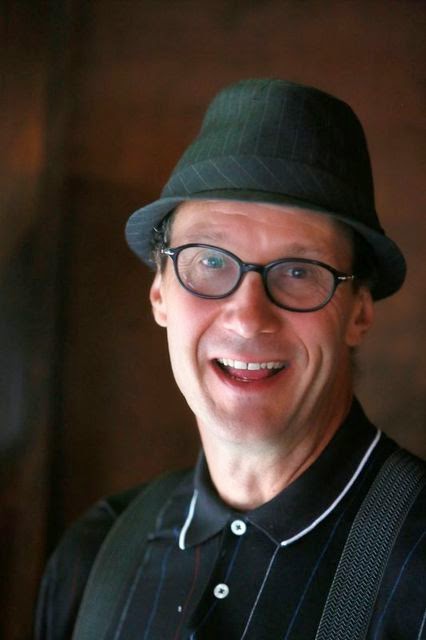The labels on the Big Little Books said, “Tommy Staley’s Library,” and were loaned out to the Tulsa, OK neighborhood boys on a rotating basis. The future Harry Ransom Center director was nine when he started this little lending library to give access to friends eager to get their hands on his latest Dick Tracy, Tarzan, Andy Panda, Blondie, Buck Rogers, Flash Gordon and Gene Autry stories.
“It was fun,” says Dr. Staley, at age 78 enjoying his recent retirement after 25 years at the helm of the Ransom Center. “I was always engaged in literature, used to hang out in bookstores.”
 |
| Dr. Thomas Staley |
Dr. Staley served as the force behind the growth of perhaps the world’s greatest literary manuscripts collection. Under Dr. Staley’s stewardship, the Ransom Center raised one hundred million dollars and added to its collection holdings related to important writers like John Fowles, T.C. Boyle, David Foster Wallace, Don DeLillo, James Salter, Tim O’Brien, Russell Banks, Andres Dubus, Jayne Anne Phillips, Tom Stoppard and David Hare. The Ransom Center has what Dr. Staley calls “a horde of material.”
Ten thousand people annually—scholars, historians, writers and readers of all stripes—make use of the materials, and their subsequent work, such as dissertations and book-length biographies, adds ever-new dimensions to our understanding of important authors.
“We place great value on various drafts,” Dr. Staley says. “They tell the story of how a writer creates and builds. The various drafts form a tracery of how a writer finishes a book.”
Dr. Staley will speak about his career this Friday, May 9 at a
Caxton Club luncheon at Chicago’s
Union League Club (65 W. Jackson Blvd.) Lunch will be at 11:30 a.m. with
Remarkable Stories: Furthering the Collection to follow an hour later.
Dr. Staley will tell stories that lend insight into the sometimes exciting ways in which he acquired prized collections, including authors with strong Chicago connections like David Mamet.
For Dr. Staley, his passion for literature started at an extremely youthful age, and his Big Little Books lending library was an early indication that he would combine this interest in literature with an interest in sharing.
“I was always in the business of collecting,” Dr. Staley says. “I think I knew something about it, how to predict winners.”
Early on, private collector John Benet Shaw advised Dr. Staley on his burgeoning interest, giving him, for example, a list of London’s best restaurants, where relationships with book dealers and writers could be cultivated.
These relationships are vital, and Dr. Staley has friends, colleagues and acquaintances all over the world. Tom’s friendship with Elizabeth Hardwick, author of
Sleepless Nights, in part led to her donation of ex-husband Robert Lowell’s archives, a deal that included UT-Austin’s purchase of her own. Dr. Staley’s friendships with Stoppard and Fowles were factors in their choosing the Ransom Center. And on and on.
Dr. Staley founded the
James Joyce Quarterly in 1963 at the University of Tulsa, and served as its editor for 26 years, at which point he started the
Joyce Studies Annual at the University of Texas-Austin. He has written or edited 15 books and edits a literary modernism series at the University of Texas Press. He also started, in 1990, a fellowship program at UT-Austin that supports the research of visiting scholars. He led the 1993 $14.5 million renovation of the Ransom Center that encompasses, amidst its 40,000 square-foot space, galleries, an auditorium and a reading room.
Make no mistake: Dr. Staley’s acquisitions at UT-Austin were large. In 2005, for example, Norman Mailer’s archives, weighing 20,000 pounds, were delivered in a tractor-trailer.
“There’s a more complex and wider picture when you talk about an institutional collection,” says Dr. Staley. “You cannot indulge yourself as much as a private collector. Frequently, there’s a question, ‘Can this particular archive add a dimension to the collection?’ "
The Union League Club is an ideal setting for the Caxton Club luncheon. The American Writers Museum
 |
| The Union League Club |
plans to build the first national writers’ museum here in a few years, and of course our mission at the Chicago Literary Hall of Fame is to preserve and promote our great heritage.
“We have a number of your writers we value enormously,” Dr. Staley says. “Chicago always has writers who feel the nation. Chicago has that character, that rare quality--Boston almost has it, but not quite—that is very American, but particularly Chicago.”
The Ransom Center’s collection includes archives of CLHOF inductees Ernest Hemingway and Langston Hughes, as well as nominees James Jones and Edgar Lee Masters.
Reservations are required for the event, though the $30 admission fee can be made that morning by check or cash at the Union League Club. To RSVP, email: caxtonclub@newberry.org. For questions, call 630.638.7438 or 773.208.7155.
~~~~~~~~~~~~~~~~~~~~~~~~~~~~~~~~~~~~~~
Donald G. Evans is the founder and executive director of the Chicago Literary Hall of Fame. He is the author of the novel Good Money After Bad and short story collection An Off-White Christmas, as well as the editor of the anthology Cubbie Blues: 100 Years of Waiting Till Next Year. He is the Chicago editor of the Great Lakes Cultural Review. He serves on the American Writers Museum's Chicago Literary Council and the committee that selects the Harold Washington Literary Award.
donaldgevans@hotmail.com
















